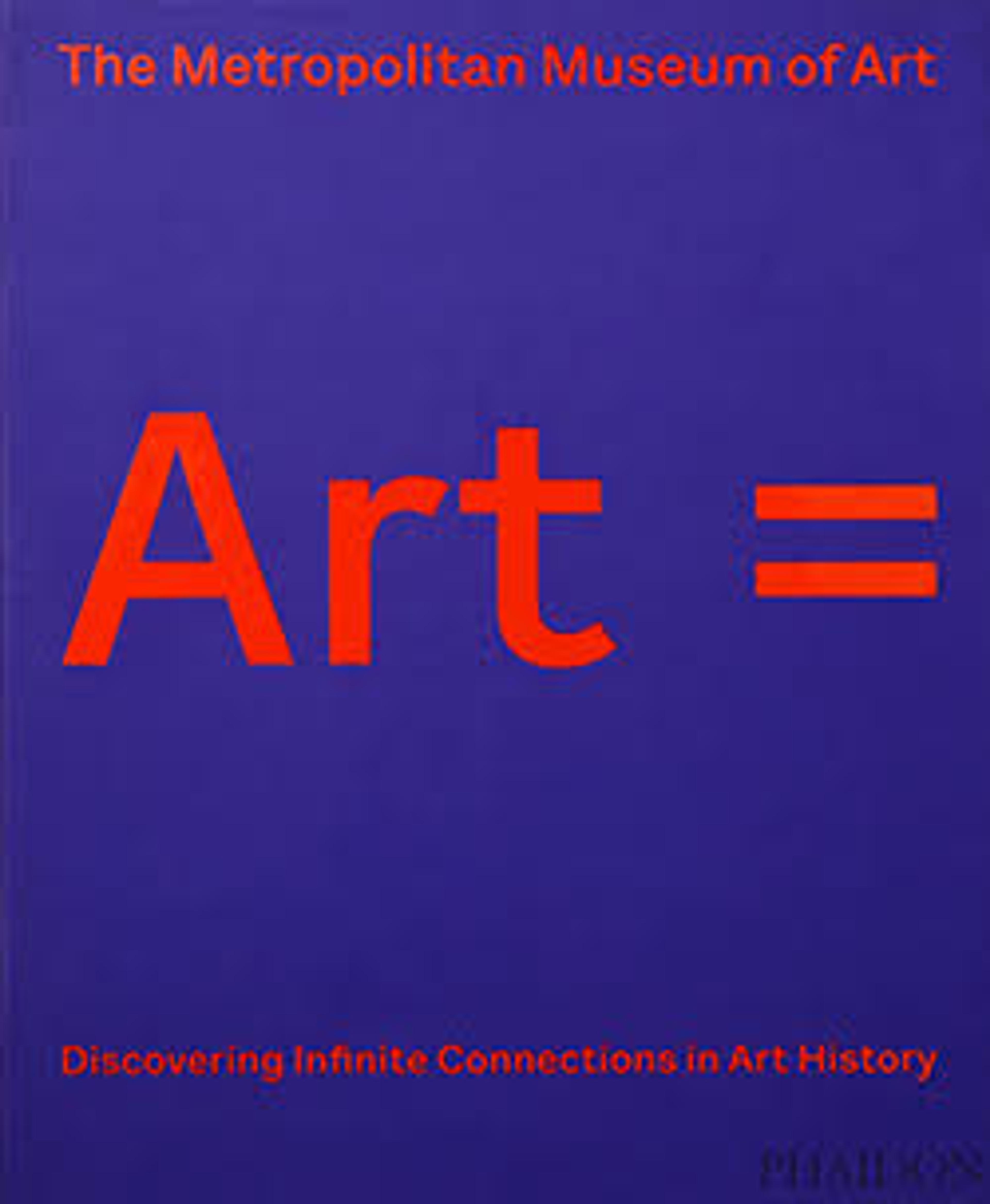View of Toledo
Artwork Details
- Title:View of Toledo
- Artist:El Greco (Domenikos Theotokopoulos) (Greek, Iráklion (Candia) 1541–1614 Toledo)
- Date:ca. 1599–1600
- Medium:Oil on canvas
- Dimensions:47 3/4 x 42 3/4 in. (121.3 x 108.6 cm)
- Classification:Paintings
- Credit Line:H. O. Havemeyer Collection, Bequest of Mrs. H. O. Havemeyer, 1929
- Object Number:29.100.6
- Curatorial Department: European Paintings
Audio
125. The Director's Tour, Second Floor: View of Toledo
This arresting landscape is almost unique in the work of the artist known as El Greco, which simply means ‘the Greek’ in Spanish. El Greco was born on the island of Crete, where he learned to make icons: sacred paintings for the Eastern Orthodox Church. He moved to Venice and was introduced to Italian painting. Then he settled in the Spanish city of Toledo. That’s where he painted this canvas at the very end of the sixteenth century in his own highly individual style.
We are immediately struck by the strange grandeur of El Greco’s view of his adopted city—a view that has been dubbed a spiritual portrait of the place. El Greco was happy to rearrange the architecture of the city, which is situated on a hill overlooking the Roman Bridge. In the painting, he gives the cathedral and the royal palace—or Alcazar—more prominence. His depiction of a monastery at the left makes it seem to float on a cloud. Above all the stormy skies show the power of God and nature, darkening the buildings and turning the foliage a lurid green. The way that the forms float and twist into unusual shapes is characteristic of El Greco’s figures as well. You can see this, too, in the Museum’s exceptionally fine collection of his work on display in this gallery.
If you’d like to hear how these works entered the collection, press play. To continue on, our tour takes you next to another painter: Rembrandt.
Listen to more about this artwork
More Artwork
Research Resources
The Met provides unparalleled resources for research and welcomes an international community of students and scholars. The Met's Open Access API is where creators and researchers can connect to the The Met collection. Open Access data and public domain images are available for unrestricted commercial and noncommercial use without permission or fee.
To request images under copyright and other restrictions, please use this Image Request form.
Feedback
We continue to research and examine historical and cultural context for objects in The Met collection. If you have comments or questions about this object record, please contact us using the form below. The Museum looks forward to receiving your comments.
